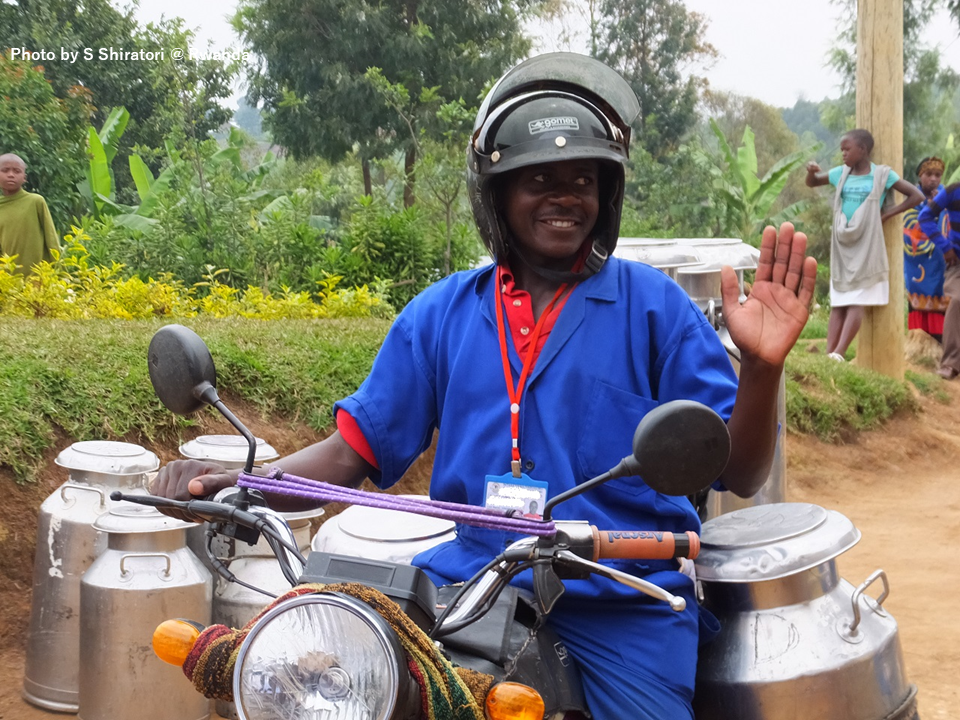Pick Up
779. Global, Regional and National Animal Source Food Intake of Children by Age Group

779. Global, Regional and National Animal Source Food Intake of Children by Age Group
Today, I would like to present a paper by Miller et al. (2023) that provides estimates of global, regional, and national animal source food intakes for children by age group.
Animal-source foods (ASF) provide nutrients essential for the physical and cognitive development of children and adolescents. Children are particularly in need of nutrients for growth and development, but their small stomachs and sensitivity to antinutrients (substances that interfere with the absorption of nutrients) tend to make them susceptible to nutritional deficiencies. Inadequate nutrition in childhood can have a negative impact on health and finances in adulthood, not only through childhood malnutrition but also through impaired development.
In this paper, the authors used data from the Global Dietary Database and Bayesian hierarchical models to estimate global, regional, and national ASF intakes of children by age group between 1990 and 2018 for 185 countries representing 93% of the world's child population, and the average ASF intake was estimated for each age group.
The average ASF intake was 1.9 servings per day, with 16% of children consuming at least three servings per day. There were regional differences, ranging from less than one serving in South Asia to more than four servings in Central and Eastern Europe and Central Asia. Intakes were similar for boys and girls, but higher for urban children with educated parents. Average total ASF intakes were lower for younger children and varied by age, ranging from 0.6 servings per day for those less than 1 year old to 2.5 servings per day for those 15-19 years old. The types of animal products consumed also varied.
Between 1990 and 2018, average ASF intake increased by 0.5 servings per week. Regionally, it increased in all regions except sub-Saharan Africa; in 2018, total ASF intake was highest in Russia, Brazil, Mexico, and Turkey, and lowest in Uganda, India, Kenya, and Bangladesh.
Thus, there was considerable variation by region, country, age group, parental education level, urbanicity, and type of ASF consumed.
Reference
Miller, V., Webb, P., Cudhea, F. et al. Children’s and adolescents’ rising animal-source food intakes in 1990–2018 were impacted by age, region, parental education and urbanicity. Nat Food 4, 305–319 (2023). https://doi.org/10.1038/s43016-023-00731-y
Contributor: SHIRATORI Sakiko (Information and Public Relations Office)
